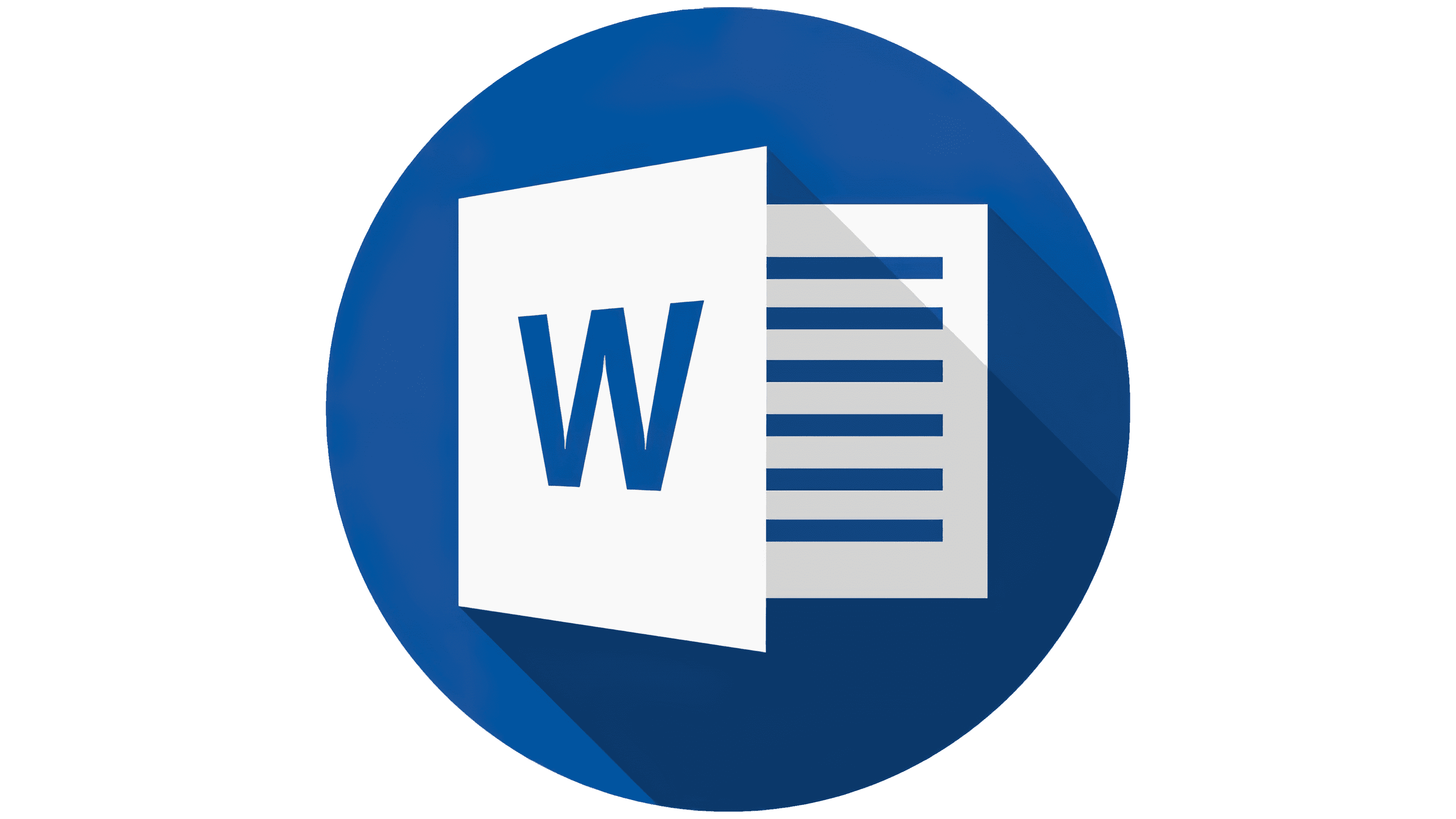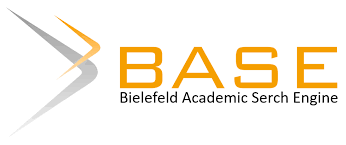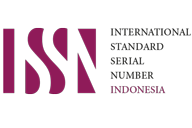Plagiarism Check
Papers submitted to the Anggapa Journal: Building designs and architecture management studies will be screened for plagiarism using Turnitin plagiarism detection tools.
Before submitting articles to reviewers, those are first checked for similarity/plagiarism tool, by a member of the editorial team and must have a similarity level of less than 25% (Exclude Bibliography)
An author can literally copy another author’s work- by copying word by word, in whole or in part, without permission, acknowledge or citing the original source. This practice can be identified by comparing the original source and the manuscript/work that is suspected of plagiarism.
Substantial copying implies an author reproduces a substantial part of another author, without permission, acknowledgment, or citation. The substantial term can be understood both in terms of quality as quantity, being often used in the context of Intellectual property. Quality refers to the relative value of the copied text in proportion to the work as a whole.
Paraphrasing involves taking ideas, words, or phrases from a source and crafting them into new sentences within the writing. This practice becomes unethical when the author does not properly cite or does not acknowledge the original work/author. This form of plagiarism is the more difficult form to be identified.









